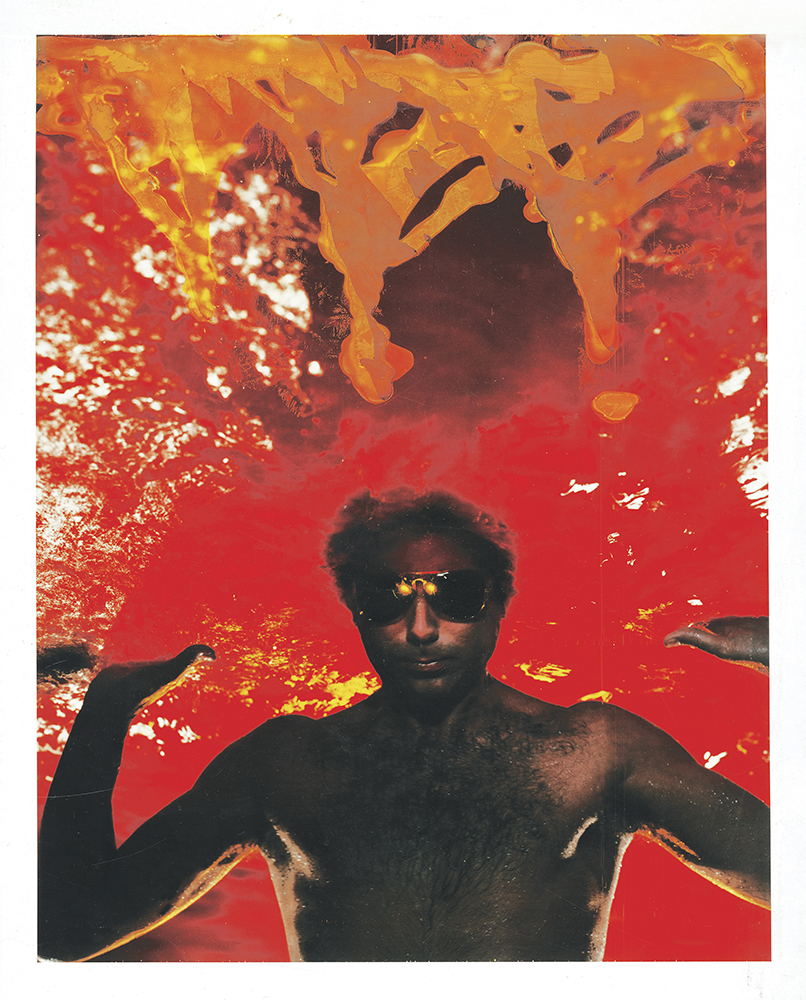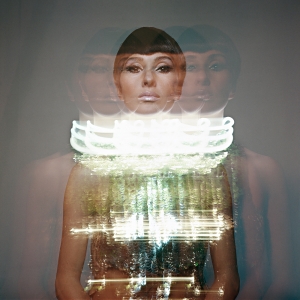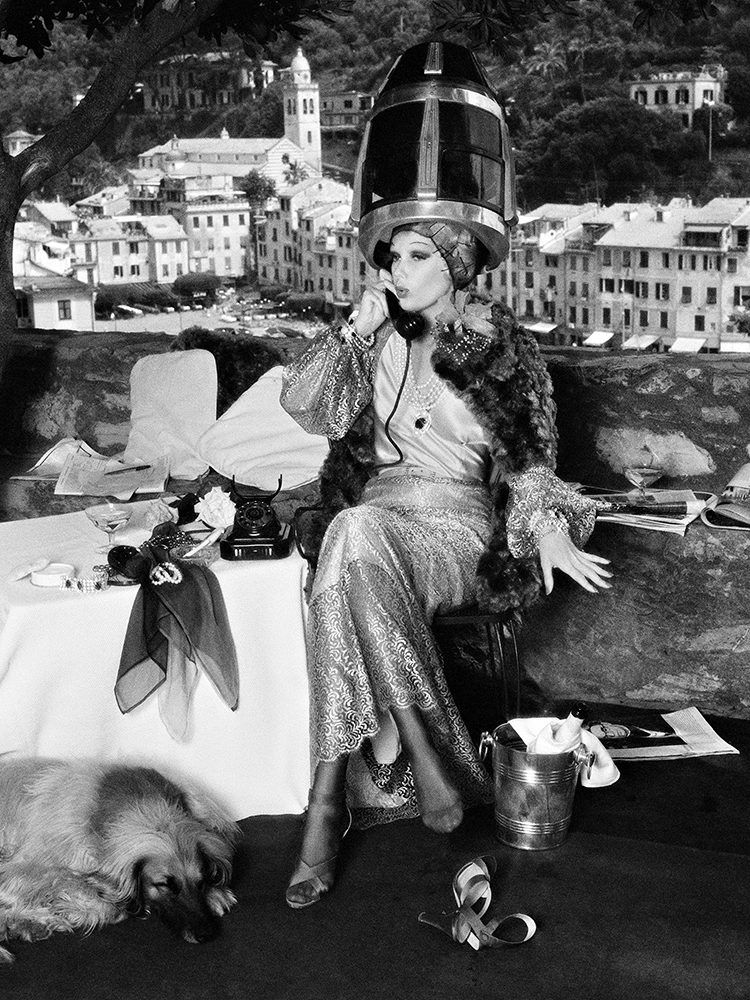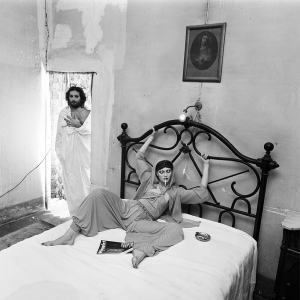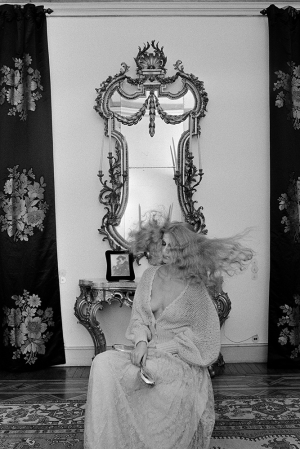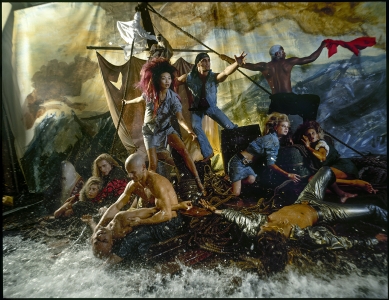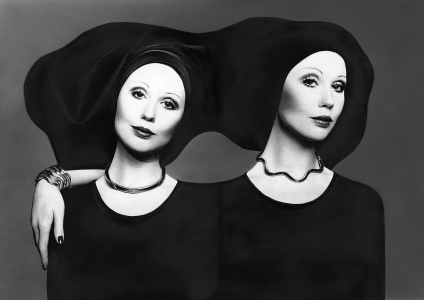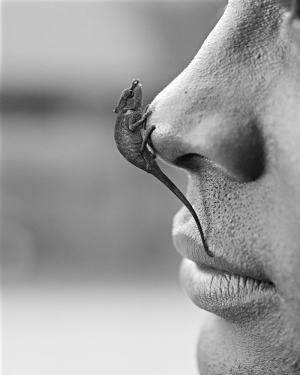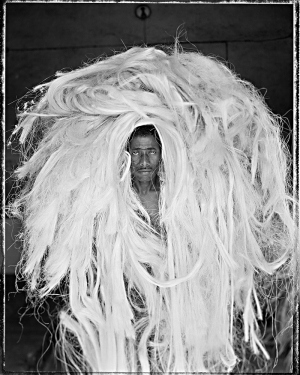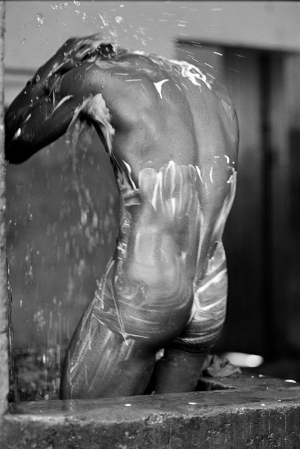What are the emotions that photography evokes for you?
Photography is a magic moment. It is the memory of the past. It is an incredible cultural re-visitation that is difficult to specify since it is immediate and wholly visual. Also, if we look back into pre-history and cave drawings we see how Man found in the form of an image his first way to tell a story. When we look through family albums we see our memories therein captured. Moments that come back to us with the very same degree of intensity as well as old things that we used to do and past habits that are differ from present times but that continue living on in those images. Without photography there would be no magic in glancing back on the past and onto our own personal stories. If I think of work by George Rodger on the African Nuba tribes, from the end of the 1940’s, and if I look at those photographs, at those actual images, I am able to understand that nowadays we are left with only the record of a beautiful tradition that has gradually become extinct with the advent of Islam. In Silent Portraits, from 1984, I photographed the people of the Seychelles before the arrival of mass tourism – the way they dressed, their hairstyles and their gestures have finished. They exist no more.
How much do beauty and form represent the soul of your artistic research?
Beauty is a language, a form of culture. He or she who possesses culture captures beauty and he or she who is cultivated is beautiful. This is a line of thought that has come down to us from the Greek philosophers. Where beauty is born reason is born. Visual arts in general have determined my growth and have re-proposed in a modern way topics and themes that have always been classical in nature. Gauguin has inspired me with his quest for the exotic.
Travel and adventure writers as well as history and great literary writers have all provided me with immense support for my creations. Avedon and Mapplethorpe have been the greatest mentors of my own artistic research. When I began my work as a fashion photographer in the 1970’s, no one had yet thought of creating a landscape, a narrative – almost cinematographic – context around the model.
While we are on the subject of the cinema, which films have you most been moved by?
So very much of my visual culture has come from neo-realist cinema, in particular from Pasolini, Visconti and Rossellini. They were the ones who helped me understand that masterpieces can be created from just a few instruments. American cinema from the 1940’s – so full of myriad possibilities – taught me how to understand the importance of light, of camera position and the objectives employed. I am very fond of all the films with and by Orson Welles and Citizen Kane, above all else, on account of the way the latter uses black and white and a wide-angle lens. One from the Heart, by Francis Ford Coppola is also a favourite film of mine due to the way it used colour and neon light. Blade Runner, by Ridley Scott, is also an absolute masterpiece that has inspired many people, from the scene cuts to the close-ups, from the cold light of the interiors to the warm light of the backgrounds, as well as the use of filters and colours.
And still photographers?
Vittorio Storaro and Giuseppe Rotunno are cinema photographers who have managed to stay photographers for the longest time. Among foreign artists, I have always much appreciated the work of Jack Cardiff, a great director of British photography, considered to be one of the all-time greats, who contributed in no mean way to American cinema. From his repertoire, I remember Pandora, a modest film directed by Albert Lewin, but so very beautiful from a photographic point of view with particularly evocative images such as the dance scene on the beach.
What has the arrival of digital technology signified for photography?
Digital technology has greatly changed photography, above all fashion photography. It is a technique that does not make a photographer on its own and has, as a matter of fact, given rise to and continues to give rise to a whole host of misunderstandings. It has opened up countless new ways forward in the visual side of things that create new opportunities but there remains however no cultural backdrop and creativity in itself thus remains a mere instrument. Imagination allows you to observe things that other people do not see. Digital technology has brought about a change in image that has become more static or more dynamic on the basis of the photographer’s or the fashion designer’s own sensitivities. Once upon a time, fashion photography was like a picture, a composition, and taking photographs was a sort of seduction. What digital technology enables you to do today is to completely “re-write” the image, to correct errors by working on light and colour. At the very most in the past, you could touch photos up or prepare poses in the form of sketches and everything had a very precise harmony. The result was not random but well-reflected upon. It is as if we have deprived this craft of its magical side.
What are the topics most sensitive to black and white and those, of course, most sensitive to colour?
I think that this is relatively subjective. As far as I’m concerned, I find it easier to take photographs in black and white because it enables me to enjoy a greater depth of artistic freedom. Colour is much more difficult and requires more attention. The same blood has to flow between the subject in the foreground and what is at the back of the image, in the background.
What are the confines between the photographer and the artist?
There is no confine, as such. I believe that a good photographer has to be both creative and inventive and thus an artist that can capture things and re-propose them in image form. Rebuilding reality is in his or her DNA. It amounts to a continuous association between what you know and have seen and what you must represent. However, we need culture for this job. We need to study, to look and to learn from the history of art because that’s where everything is. That’s where there are expressions, attitudes, the study of the human body, changes in light and differing perspectives. Visual arts, photography and cinema all contaminate each other. In some cases, they merge into each other.
What is elegance?
Elegance is discretion. Today, everything tends towards extreme ostentation. Even the people involved in this sector have changed. The rules of fashion are not as strict as they used to be. Women like mixing everything up, going from clothes markets to boutiques with the greatest of ease. Certain cuts of clothes, lengths and colours are mere indications and are no longer hard and fast rules. Haute couture will never disappear, of course, and the great names of fashion will stay with us.
Until 3 March 2024, Forte di Bard is dedicating the exhibition Gian Paolo Barbieri Oltre to Gian Paolo Barbieri, a major retrospective created in collaboration with the Gian Paolo Barbieri Foundation in Milan, curated by Emmanuele Randazzo, Giulia Manca and Catia Zucchetti, from 28 October.
Born in a historical period during which Italian fashion was being born, Gian Paolo Barbieri was one of the greatest exponents who contributed to the definition of Italian ready-to-wear and fashion photography.
First in fashion, then in ethnic and erotic photography, his gaze on his body investigated and observed the soul. He took shape thanks to fashion photography, he scrutinized, pervaded and made the language of his shots of him universal.
Barbieri observes reality just as he scrutinizes nature. And the attraction he has always had for exoticism led him to push himself further and further, to look for something else, to find himself. He explored the South Seas, traveling between the Seychelles, Madagascar and Polynesia and stopped time with a neorealist gaze through a game of interpretations with the very characters he observes.
Gian Paolo Barbieri Oltre is a journey through the life of the photographer, an all-round journey that shows a different face from the one already known. Pay attention to details, to that innermost imagination that goes beyond the image, beyond fashion, beyond nature. It goes beyond everything.


